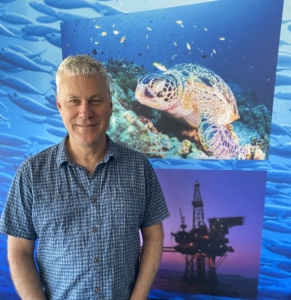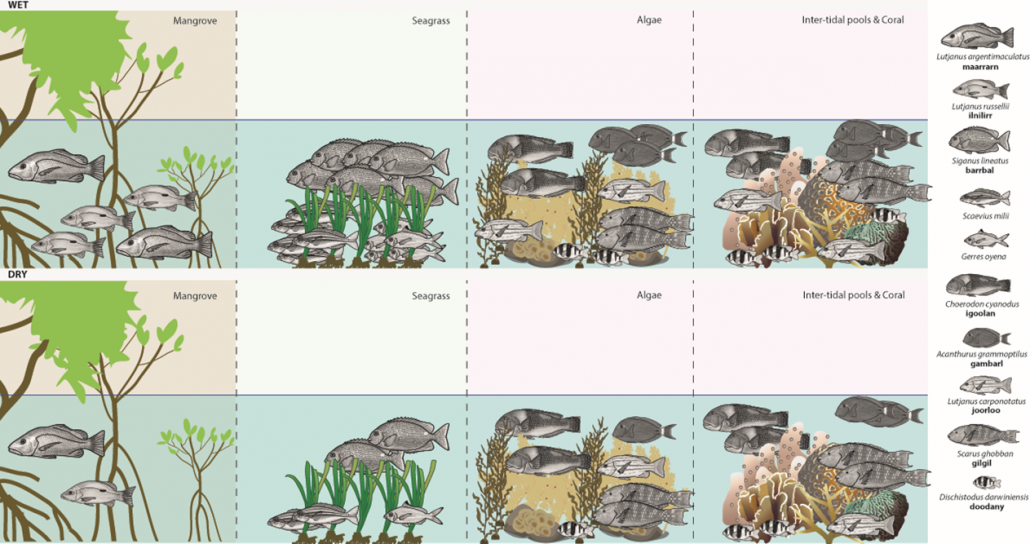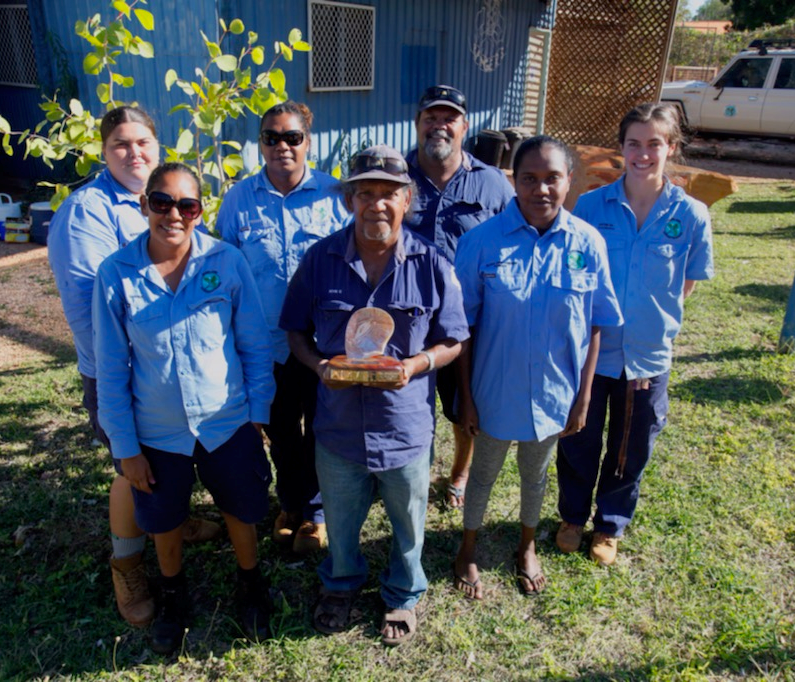In 2015 an ambitious plan to drive the priorities for marine research in Western Australia led by industry and government heavyweights delivered the Blueprint for Marine Science to 2050 strategy. Five years into the journey a member of the then Premier’s roundtable for Marine Science and Austral Fisheries CEO David Carter says in some areas the pace is picking up with lightening speed.
The comprehensive industry, government and community consultation process culminating in the Blueprint for Marine Science 2050 Report identified the areas where knowledge gaps will undermine effective management, streamlined regulation and development of marine industries.
One of Australia’s largest integrated commercial fishing companies, Austral Fisheries, operates in an environment which is seeing the effects of climate change first hand and is committed to sustainability based on science.
“The 2016 marine heatwave event wiped out 7000 hectares of seagrass in the Gulf of Carpentaria, it also raised concerns about toothfish catch rates and stock assessment and saw us look at a multidisciplinary approach to determine the Patagonian toothfish response to environmental variables by bringing together a range of expertise, data and historical evidence to find out what was going on,” David Carter said. “It’s been an interesting and useful project that speaks to the sort of changes we are facing and focuses our need to respond.”
It’s estimated the world will need to feed nine billion people by 2050. David Carter says there are going to be some choices and trade-offs to make and the solutions lie around getting the science right for that but also communicating with those communities that are going to be impacted.
“Just being able to focus on the way we are heading really puts into perspective the challenges ahead,” David said. “Not just locally but globally, as the demands on our marine environment become greater we come to realise the shear enormity of the challenge. It’s therefore critically important that we harness the best and brightest minds to come up with answers to questions that haven’t even been asked yet, and as part of that it’s critical that we bring communities and all stakeholders along.”
One of the strong recommendations to come out of the Blueprint report was the need to improve access to existing data and in 2020 the Department of Water and Environmental Regulation (DWER) and WAMSI, launched the Index of Marine Surveys for Assessments (IMSA) for the systematic capture and sharing of marine data created as part of an environmental impact assessment (EIA).
Each year IMSA is estimated to capture and consolidate more than $50 million worth of industry data collected to support assessments under the Environmental Protection Act 1986 (the EP Act).
According to David Carter it’s a shift in attitude that needed to happen.
“It’s terrific to learn now there is an onus on the need to share data,” he said. “Oil and gas are starting to provide these baseline environmental assessments. I think it’s got to count as one of the major leaps forward.”
The ocean industries are immensley valuable and if as a society and as an economy we want to continue to grow David Carter believes the Western Australian Marine Science Institution has helped to crystalise the focus on the foundation of a long-term collaboration between all sectors operating in the marine environment.
“I believe we are heading in the right direction,” David Carter said. “Greater connections have been made across science and industry as a result of the work of WAMSI and its partners. Talks have been generated around oil platform decommissioning and you can see the pace of discussion around ocean energy transformation is accelerating at light speed. We are talking to Austal Ships and engineers about future fuels to see if we can run a ship on renewable energy but we have still got a way to go.
“We have all the ingredients in this state to become a global powerhouse, to show what’s possible and we have endless renewable energy potential. We have these engineers in oil and gas ready to be rechallenged in renewable fuels – so they know about oil and gas and they are interested, committed and passionate about what’s possible.
“As we reflect with gratitude on the contribution that fossil fuels have made to our standard of living, we also understand that this chapter is closed and that we have a new chapter to write that is equally exciting and challenging and filled with opportunity.”
The Western Australian Marine Science Institution (WAMSI) became custodians of the Blueprint in 2018 to continue to action the strategic science priorities, align the research sectors’ response and establish a foundation of willingness across multiple sectors to find ways to be more strategic and more collaborative in marine science.
The WAMSI Partnership:





